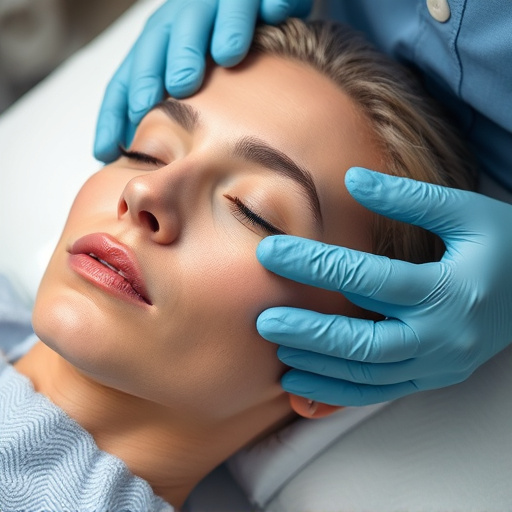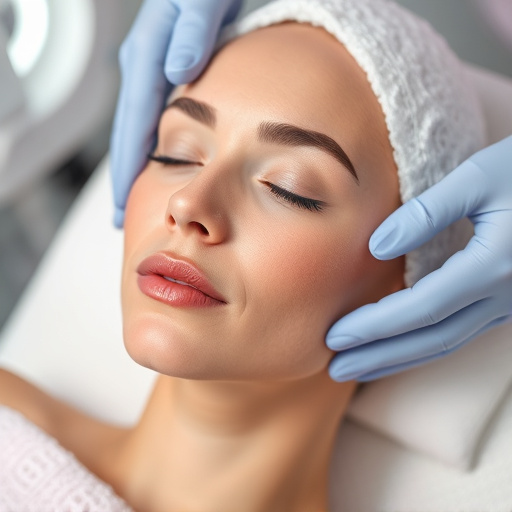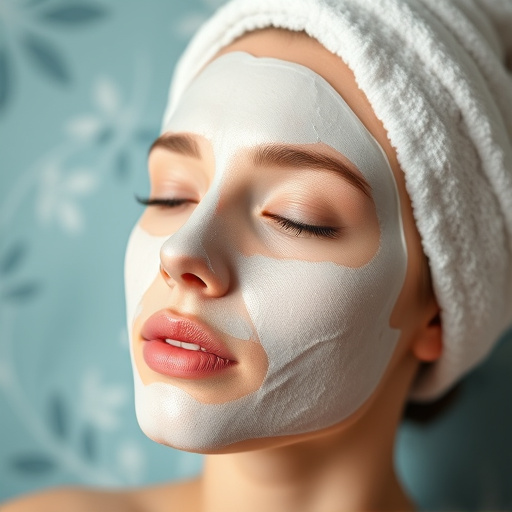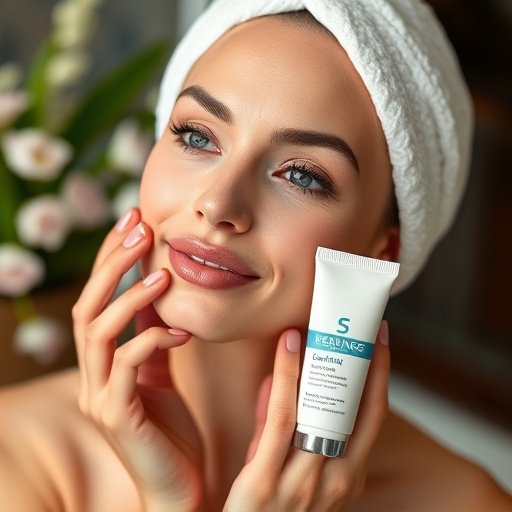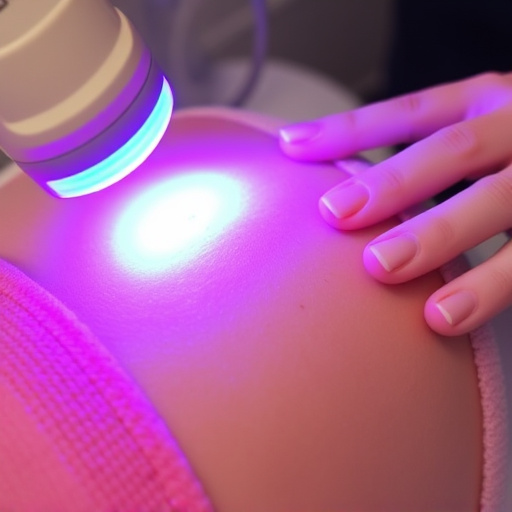Dermatitis, encompassing various skin conditions with redness, itching, rashes, and blisters, has diverse causes from environmental triggers to internal factors. Key types include atopic, contact, and seborrheic dermatitis. Effective treatment involves non-surgical interventions like topical creams and procedures such as chemical peels for symptom management and addressing underlying causes. Post-treatment, maintaining healthy skin through gentle cleansing, hydration, suitable products, balanced living, and targeted skincare is crucial for long-term relief and preventing flare-ups. Combining these strategies with non-invasive procedures yields lasting results for improved skin health and aesthetics.
Dermatitis, a skin condition marked by redness, itching, and inflammation, affects millions globally. Understanding its various types and causes is crucial for effective management. This article delves into exploring long-term dermatitis treatment options that go beyond symptom relief, focusing on maintaining healthy skin. We discuss natural remedies, medical treatments, and lifestyle changes to ensure sustained results. By implementing these strategies, you can achieve and maintain optimal skin health post-dermatitis treatment.
- Understanding Dermatitis: Causes and Types
- Exploring Effective Treatment Options for Long-Term Relief
- Maintaining Healthy Skin After Dermatitis Treatment
Understanding Dermatitis: Causes and Types
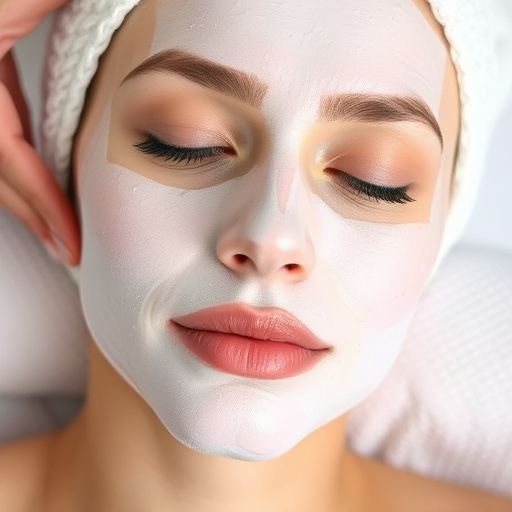
Dermatitis is a general term for various conditions that cause the skin to become inflamed or irritated. It’s characterized by symptoms like redness, itching, dryness, rashes, and blisters. The specific causes can vary widely, from environmental factors such as allergens, irritants, and extreme weather, to internal triggers like stress, certain medications, and underlying medical conditions.
There are multiple types of dermatitis, each with its own unique features. Atopic dermatitis, for instance, is a chronic condition often linked to allergies and a weakened skin barrier. Contact dermatitis results from direct contact with an irritant or allergen. Seborrheic dermatitis affects areas rich in oil-producing glands, like the scalp and face. Recognizing these distinctions is crucial as it guides the most effective approach to dermatitis treatment and long-term skin health maintenance, whether through non-surgical treatments, skin rejuvenation techniques like chemical peels, or lifestyle adjustments to prevent future flare-ups.
Exploring Effective Treatment Options for Long-Term Relief
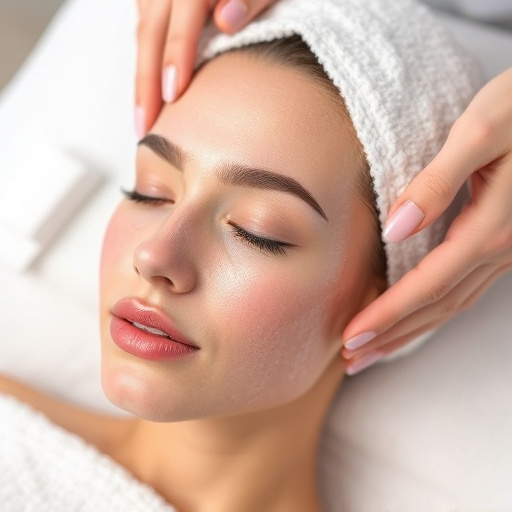
Exploring Effective Treatment Options for Long-Term Relief
When it comes to dermatitis treatment, understanding various options is crucial for achieving and maintaining long-term skin health. The key lies in addressing not just the symptoms but also the underlying causes of the condition. Dermatologists offer a range of effective treatments tailored to different types of dermatitis, ensuring personalized care. From topical creams and ointments to light therapy and oral medications, these methods can provide significant relief and reduce flare-ups over time.
For those seeking more intensive approaches, procedures like chemical peels and microdermabrasion can be game-changers in skin rejuvenation. These techniques exfoliate the skin, removing damaged layers and promoting the growth of healthier, brighter skin. While they may involve a bit more downtime, the results can be remarkable, leading to improved texture, reduced inflammation, and enhanced overall skin appearance. Incorporating these treatments into your skincare routine, alongside consistent self-care practices, encourages sustainable skin health maintenance.
Maintaining Healthy Skin After Dermatitis Treatment
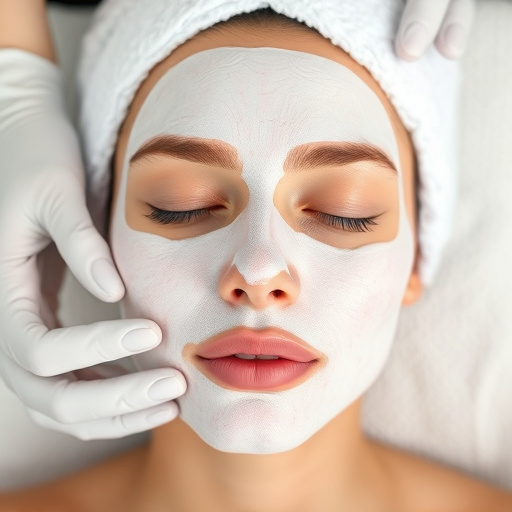
After successfully undergoing dermatitis treatment, maintaining healthy skin is a crucial step to ensure long-term relief and prevent future flare-ups. It’s important to establish a consistent skincare routine that nourishes and protects the skin. This involves gentle cleansing, regular hydration, and using products formulated for sensitive or affected areas. Incorporating non-surgical treatments like chemical peels or microdermabrasion can also enhance skin texture and overall appearance, providing an added layer of aesthetic benefits.
Additionally, leveraging the power of acne treatments that target inflammation and excess oil production can be beneficial, as dermatitis often shares similar characteristics with acne. By combining these strategies—from maintaining a balanced lifestyle to utilizing targeted skincare products and considering non-invasive procedures—individuals can achieve lasting results, fostering healthier skin and a improved overall aesthetic.
Dermatitis treatment goes beyond immediate relief, fostering long-term skin health maintenance. By understanding the causes and exploring effective options, individuals can achieve lasting results. Maintaining healthy skin after treatment involves consistent care and preventive measures, ensuring the skin remains resilient and free from future flare-ups. Embracing these practices not only soothes current symptoms but also contributes to a vibrant, healthy complexion in the long run.






